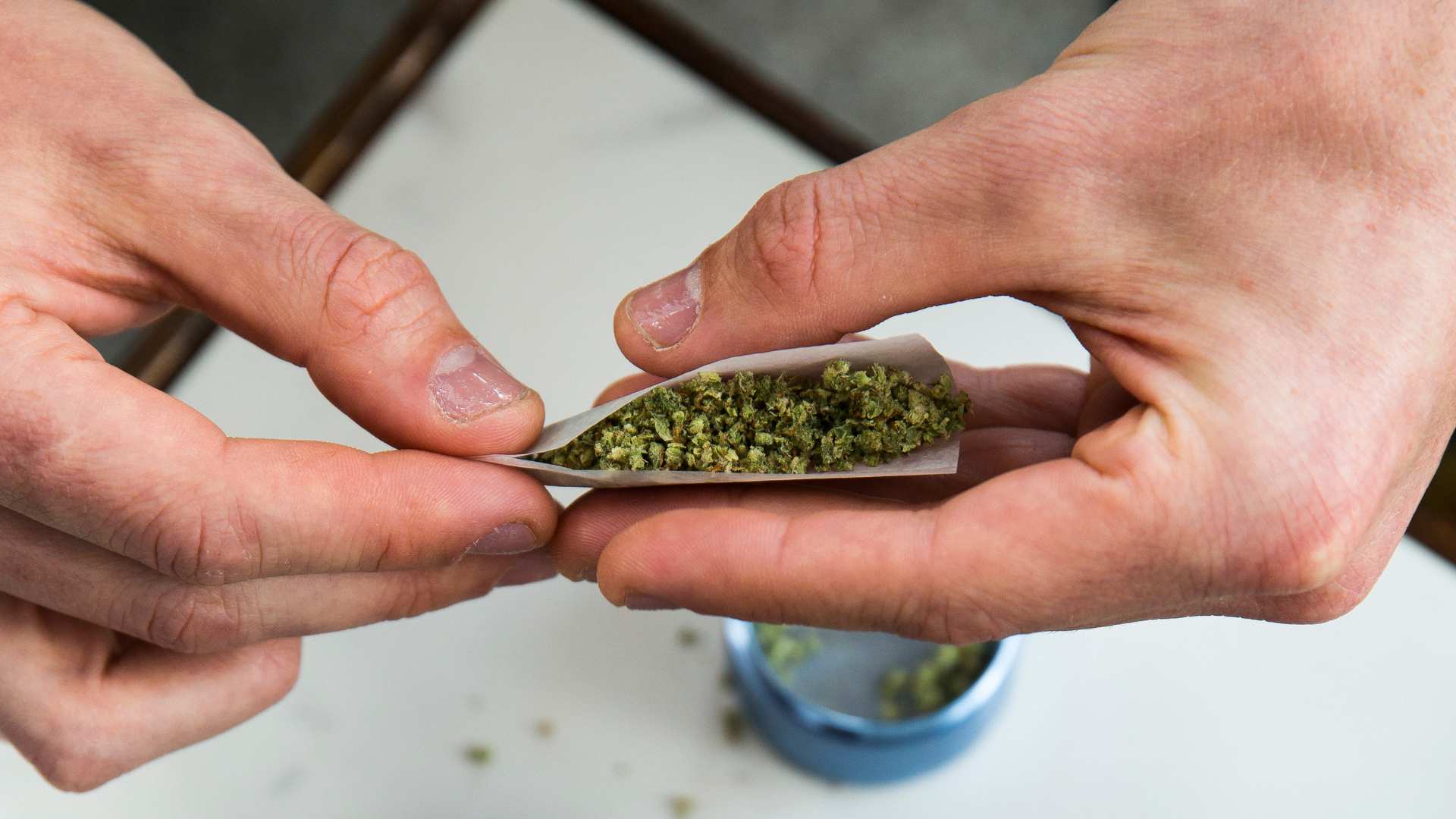Rolling and smoking cannabis or tobacco is one of the oldest rituals in the world. But where did the pre-roll, the cone, and the rolling paper tradition actually start? Today, pre-rolls are a dispensary staple — but they have a rich history rooted in craftsmanship, convenience, and culture.
The Origins of Rolling Papers: From Spain to Global Ritual
Rolling papers trace their roots back to 16th century Spain. Records show that people in Seville used scraps of paper to roll and smoke New World tobacco imported from the Americas.
By the 1700s, rolling papers had become so popular that Spain began regulating production. Eventually, French papermakers perfected the thin, slow-burning paper we know today, leading to the birth of iconic brands like Rizla+ in 1796.
What started as a way to enjoy tobacco became a cross-cultural ritual, with rolling paper use spreading globally — adapting over time for both tobacco and cannabis.
Cannabis Enters the Conversation
While tobacco dominated early rolling paper use, cannabis smokers adopted the practice as access to the plant spread. By the early 1900s, joints became a discreet, portable way to consume cannabis — particularly during prohibition eras when glass pipes and bongs were less practical.
The art of hand-rolling cannabis grew, leading to a variety of papers, sizes, and materials — from classic wood pulp papers to rice, hemp, and eventually botanical wraps.
When Did Pre-Rolls Become a Thing?
The “pre-roll” — cannabis already rolled and ready to smoke — evolved from two things:
- Consumer demand for convenience
- The challenge of rolling well, especially for new users
While people have shared rolled joints for generations, legal cannabis markets created a new product category: the professionally rolled, lab-tested, ready-to-go pre-roll.
Dispensaries needed something consistent, reliable, and easy to sell to both connoisseurs and casual consumers — and the pre-roll became the answer.
Today, pre-rolls account for a major share of cannabis sales, valued for their convenience, consistency, and craftsmanship.
The Rise of the Cone
One of the biggest innovations in rolling culture was the invention of the cone-shaped paper. Instead of needing expert-level rolling skills, cones allowed anyone to pack their flower neatly for an even, slow burn.
Cones also enabled brands to offer larger, artisan-style pre-rolls with tips or crutches, giving smokers a smoother experience and reducing waste.
The rise of the cone set the stage for today’s craft pre-rolls — filled with whole flower (not trim or shake), designed to burn slow, and wrapped in everything from rice paper to botanical leaves like rose, lotus, or even goji berry.
The Evolution: From Necessity to Craftsmanship
What started as necessity — scraps of paper, improvised rolls — has now become a craft. Cannabis pre-rolls today represent everything from affordable daily drivers to luxury products made with rare strains and specialty wraps.
The ritual of rolling, lighting, and sharing remains at the heart of the culture — but pre-rolls make that ritual more accessible without sacrificing quality.
Final Thought
The history of pre-rolls, rolling papers, and cones is the story of how a simple act — rolling something up and lighting it — evolved across centuries, cultures, and industries. Whether you’re hand-rolling or reaching for a premium pre-roll, you’re taking part in a tradition that connects the past to the present with every puff.

